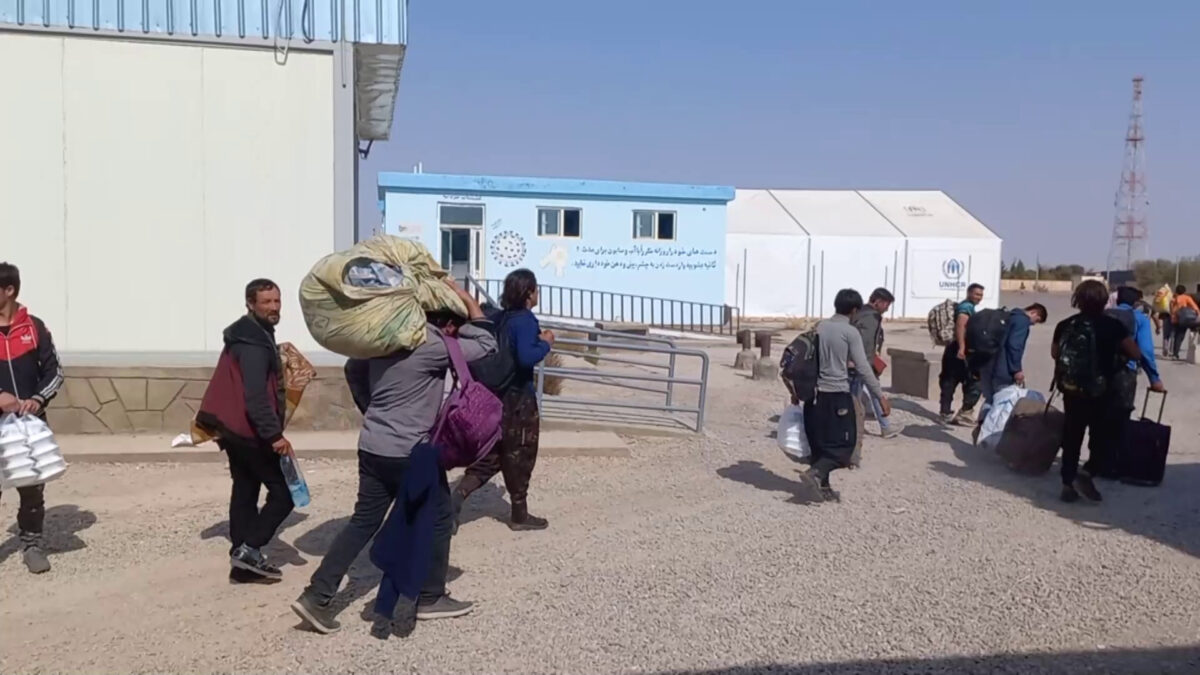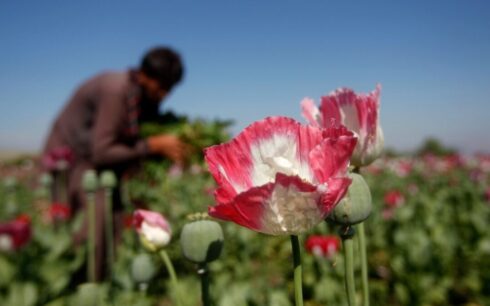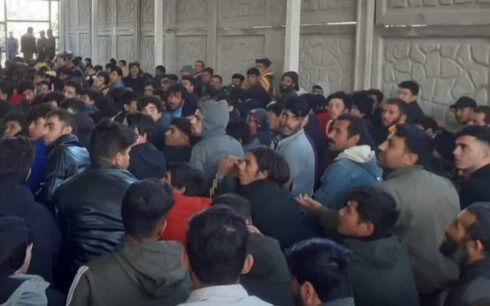Iran announced on Wednesday that it had deported nearly 18,000 “irregular migrants” from Afghanistan back to their country in the last 10 months.
The police chief of the northeastern Khorasan-e-Razavi province, Majid Shoca, stated that this deportation took place over the past 10 days through the Dogharoon border crossing.
According to Iranian Interior Minister Ahmad Vahidi, Iran currently hosts over five million Afghan refugees.
These individuals have sought refuge in Iran in search of safety or work.
The majority of migrants from Afghanistan live in major Iranian cities such as Tehran, Mashhad, Isfahan, Qom, and Kerman, and often work as manual laborers.
Humayun Himmat, Taliban’s deputy commissioner of the Islam Qala border, said on July 9 that every day, approximately 800 refugees are forcibly returned to Afghanistan, while 300 to 400 individuals voluntarily cross the border into Herat.
Recently, a number of migrants from Afghanistan criticized the Iranian police for unfair treatment of Afghanistan nationals who live in Iran.
The presence of Afghanistan refugees in Iran is the result of decades of political instability and conflict in Afghanistan. Since the early 1980s, during the Soviet-Afghan War, large numbers of Afghans sought refuge in neighboring countries, including Iran. Many fled due to violence, persecution, and economic instability.
Over time, the number of Afghanistan refugees in Iran has continued to grow. These refugees often face challenges related to their legal status, employment opportunities, access to education, and healthcare. While Iran has provided shelter to a significant number of Afghan refugees, the scale of the refugee population has placed strains on resources and services.
Efforts have been made by the Iranian government, as well as international organizations, to support the refugees and address their needs but the situation remains complex, and ongoing issues and political instability in Afghanistan have continued to drive people from Afghanistan to seek refuge in Iran.





